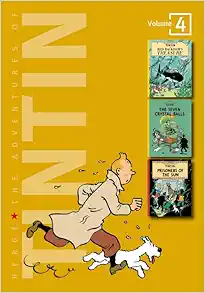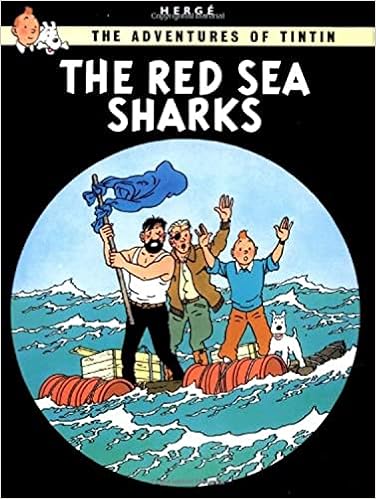
Description
The Adventures of Tintin (also known as The Adventures of Tintin: The Secret of the Unicorn[4] in the United Kingdom) is a 2011 American performance capture 3D film based on The Adventures of Tintin, a series of comic books created by Belgian artist Hergé (Georges Remi). Directed by Steven Spielberg, produced by Peter Jackson, and written by Steven Moffat, Edgar Wright and Joe Cornish, the film is based on three of the original comic books: The Crab with the Golden Claws (1941), The Secret of the Unicorn (1943), and Red Rackham's Treasure (1944).[5]Spielberg first acquired rights to produce a film based upon the Adventures of Tintin series following Hergé's death in 1983, and re-optioned them in 2002. Filming was due to begin in October 2008 for a 2010 release, but release was delayed to 2011 after Universal opted out of producing the film with Paramount, who provided $30 million on pre-production. Sony chose to co-produce the films. The delay resulted in Thomas Sangster, who had been cast as Tintin, departing from the project. Producer Peter Jackson, whose company Weta Digital is providing the computer animation, intends to direct a sequel. Spielberg and Jackson also hope to co-direct a third film.[6] --Wikipedia
Features & Highlights
- The Adventures of Tintin (Les Aventures de Tintin) is a series of comic strips created by Belgian artist Herge the pen name of Georges Remi (1907 1983). The series first appeared in French in Le Petit Vingtieme, a children's supplement to the Belgian newspaper Le Vingtieme Siecle on 10 January 1929. Set in a painstakingly researched world closely mirroring our own, Herge's Tintin series continues to be a favorite of readers and critics alike 80 years later.The hero of the series is Tintin, a young Belgian reporter. He is aided in his adventures from the beginning by his faithful fox terrier dog Snowy (Milou in French). Later, popular additions to the cast included the brash, cynical and grumpy Captain Haddock, the bright but hearing-impaired Professor Calculus (Professeur Tournesol) and other colorful supporting characters such as the incompetent detectives Thomson and Thompson (Dupond et Dupont). Herge himself features in several of the comics as a background character; as do his assistants in some instances.The success of the series saw the serialized strips collected into a series of albums (24 in all), spun into a successful magazine and adapted for film and theatre. The series is one of the most popular European comics of the 20th century, with translations published in over 50 languages and more than 200 million copies of the books sold to date. The comic strip series has long been admired for its clean, expressive drawings in Herge's signature ligne claire style. Engaging, well-researched plots straddle a variety of genres: swashbuckling adventures with elements of fantasy, mysteries, political thrillers, and science fiction. The stories within the Tintin series always feature slapstick humor, accompanied in later albums by sophisticated satire, and political and cultural commentary.




